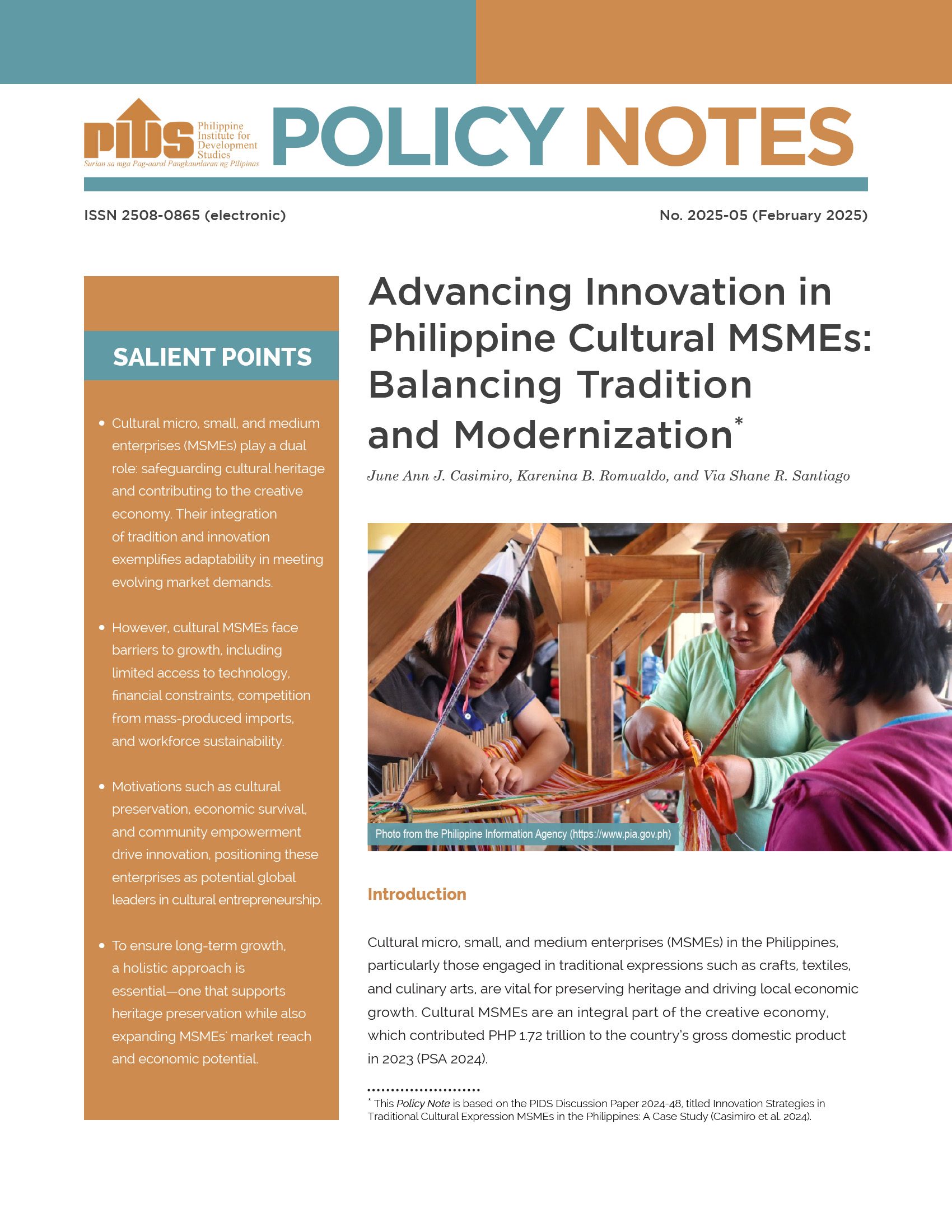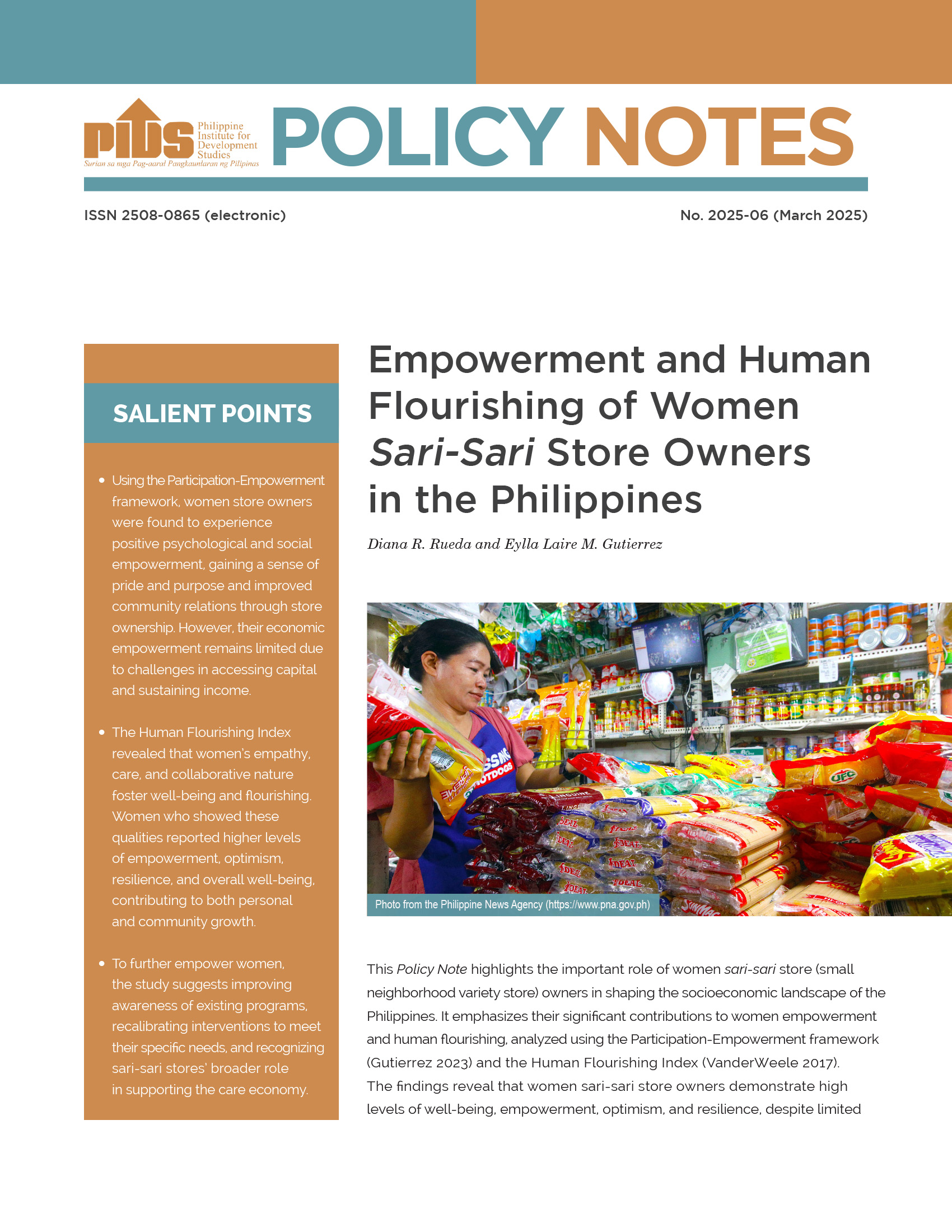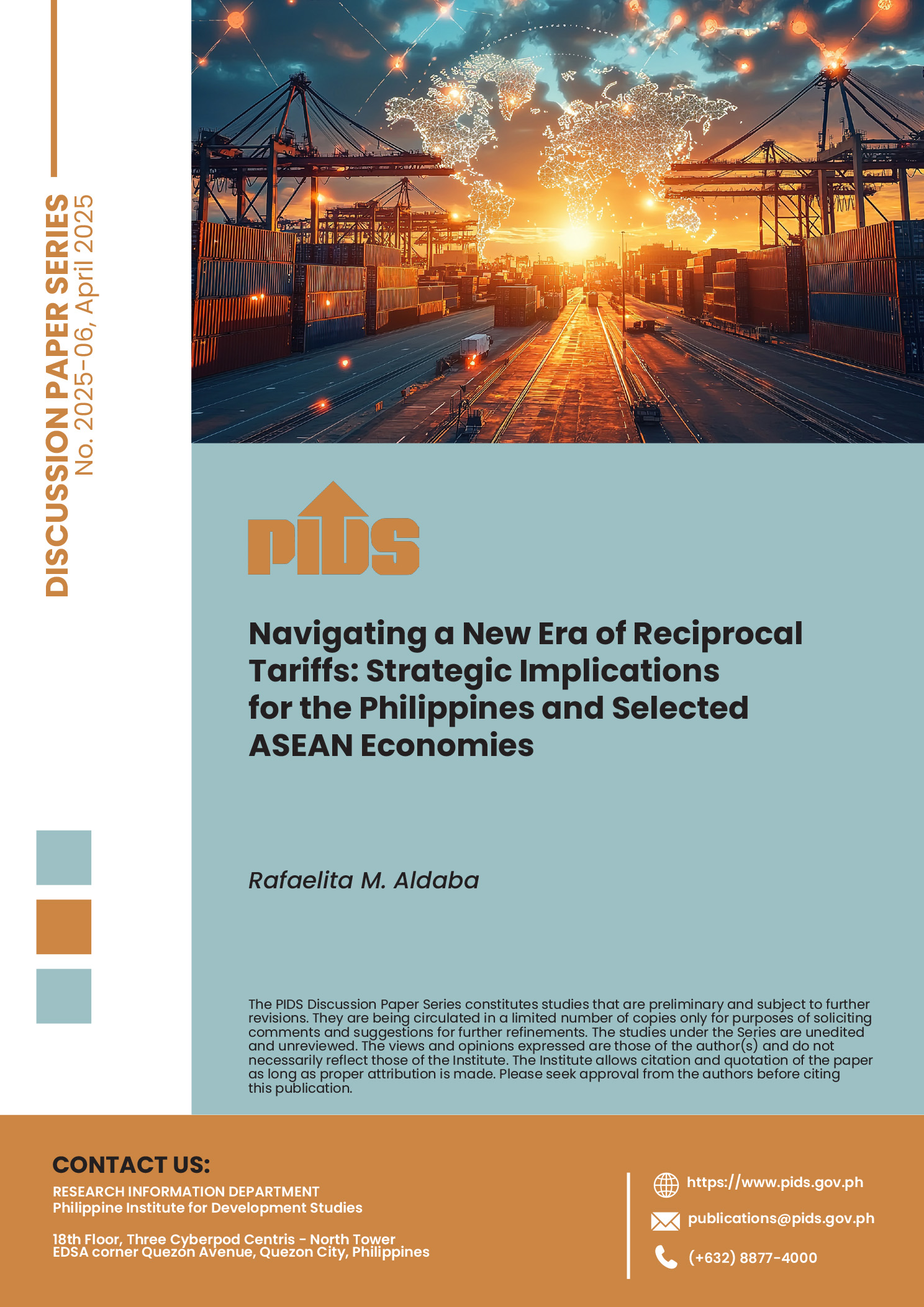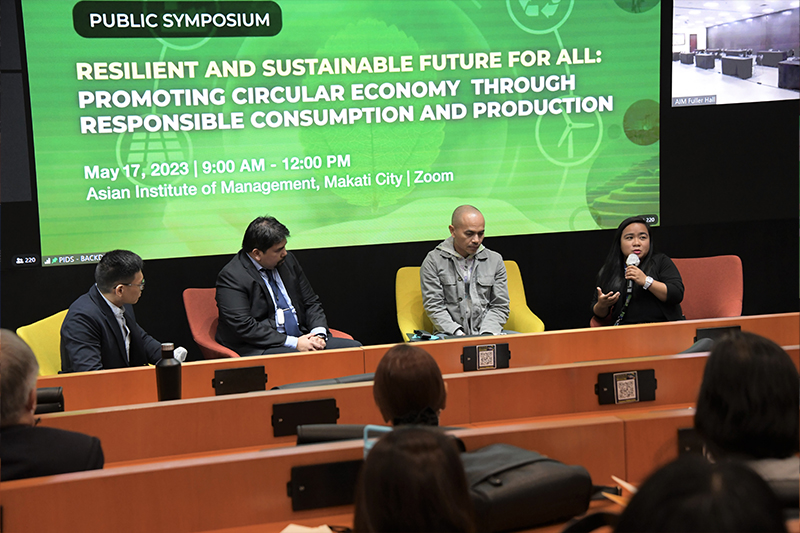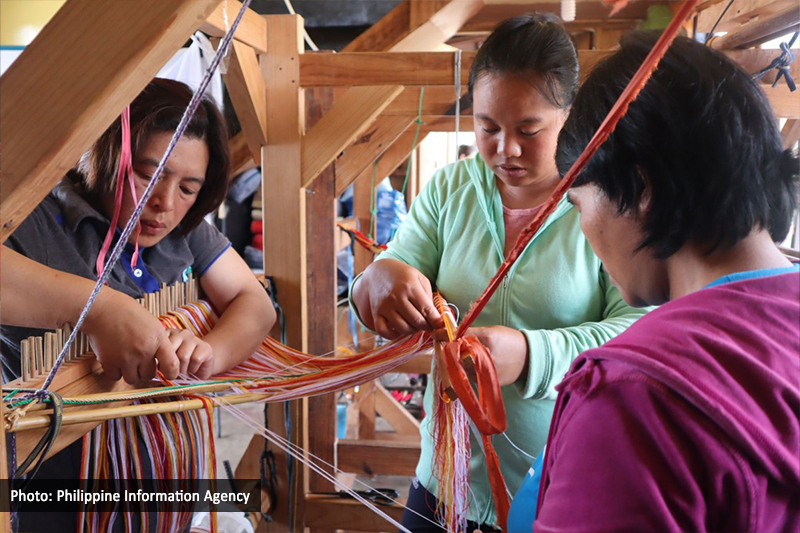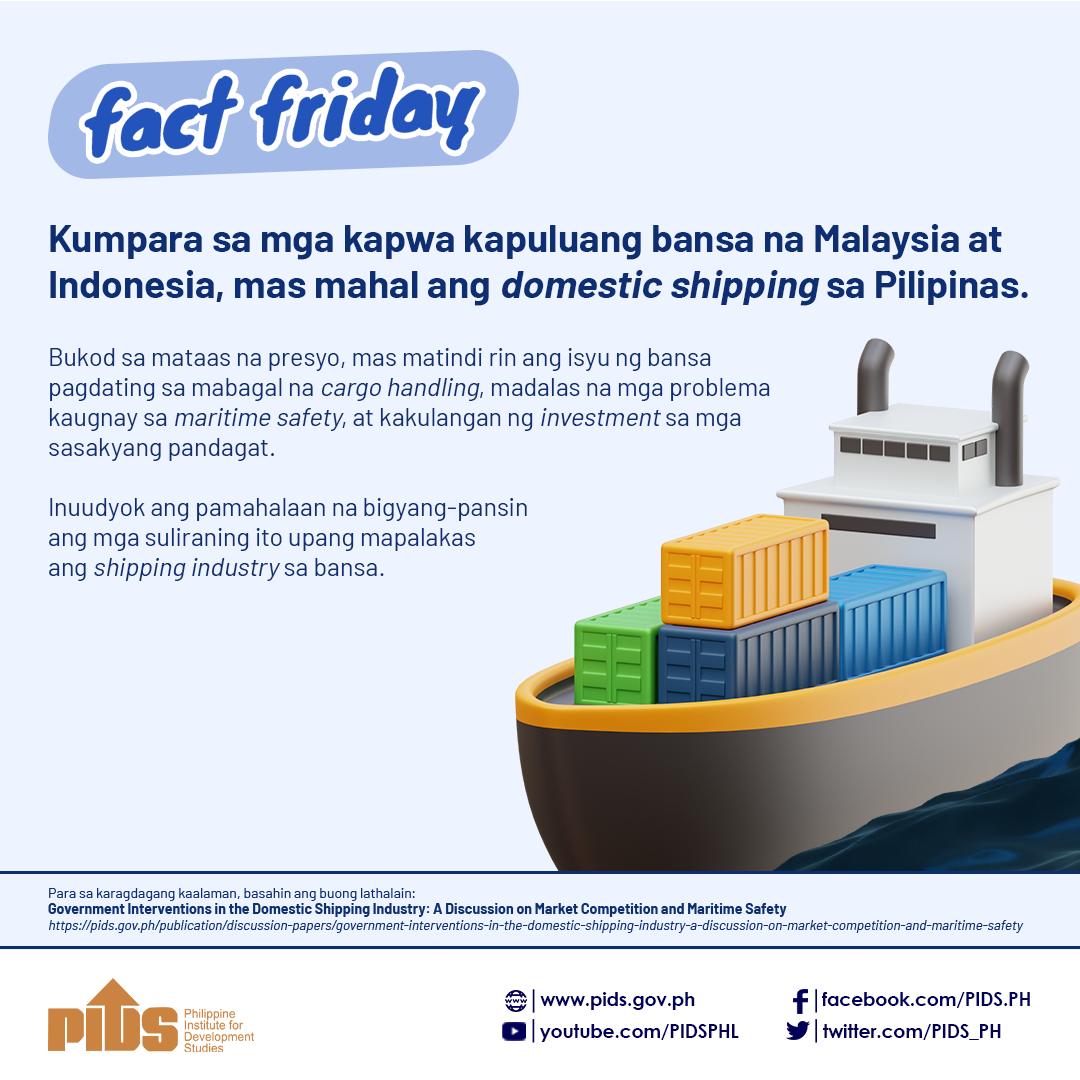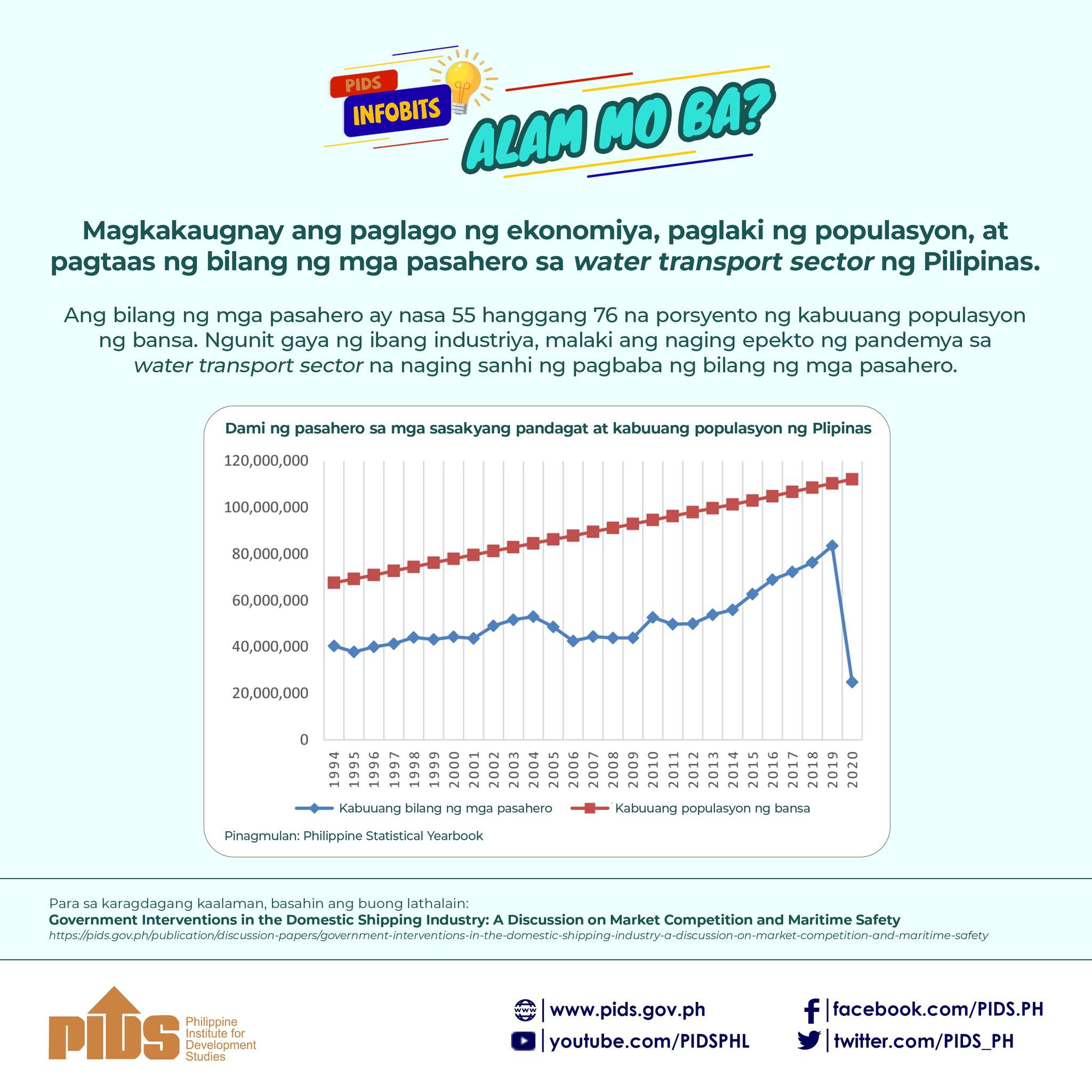PRESIDENT Ferdinand R. Marcos, Jr. has approved the blueprint for the Philippine export industry, days after its membership in the world’s biggest free trade agreement took effect, according to the Trade department.
Under the Philippine Export Development Plan, the government will enforce “industry-level” interventions to address challenges facing the sector, which has lagged regional rivals, Trade Secretary Alfredo E. Pascual told a televised news briefing.
“In the past, we simply did policies at the macro level that applied to the whole economy,” he said. “But what we’re proposing in the export development plan is industry-level intervention or policy issuances that will support the sector’s development.”
The agency also wants company-level intervention “because we believe that we need to work closely with individual firms to be able to take care of their needs as they venture into a potential export business for their companies,” he added.
“We must develop reliable, design-driven, technology-driven, sustainable and forward-looking exporters to make the Philippines an agile export powerhouse,” he said.
The Philippines ratified the Regional Comprehensive Economic Partnership (RCEP) in April. The trade deal, which covers nearly a third of the global population and about 30% of its global gross domestic product, took effect locally on June 2.
Under the Export Development Act of 1994, the Trade department must prepare a rolling three-year plan for the sector. It is part of the Medium-Term Philippine Development Plan, which is now called the Philippine Development Plan.
Mr. Marcos is expected to sign a memo defining the roles of various agencies in the development plan, Mr. Pascual said.
He said the Philippines remains an export laggard because local companies can’t come up with the quantity and quality of export products. The Philippine Development Plan will hopefully fix this.
He cited as an example the big market for durian in China, but the Philippines can’t cope with the required quantity, apart from its lack of skilled manpower. “We’re starting to do software development, but we need more skilled manpower,” he added.
The Trade chief said the state would try to address the constraints faced by various sectors at the industry level.
He said some local companies need greater state support, which the government would provide just like what it’s doing for micro, small and medium enterprises.
The first challenge in boosting the export industry is helping companies produce products that can compete globally, Mr. Pascual said.
The Philippines, an agricultural country, imports much of its food and farm inputs, making the Southeast Asian nation vulnerable to imported inflation.
China is the Philippines’ top source of imports, valued at $2.32 billion (P130 billion) or 21% of the total in January, according to the local statistics agency.
Mr. Pascual said the export plan seeks to address production constraints, develop a strong and innovative export ecosystem and increase the Philippines’ mindshare in the global market.
The second goal is a major task that needs the help of various regulatory agencies, including the Bureau of Customs, which enforces export rules, he said.
He added that under the export development, the Trade department has identified four priority industry clusters in line with the Philippine Development Plan, which was approved in January to help the country become an upper middle-income country by 2025.
The clusters include industrial machinery and transport; technology, media and telecommunications; health and life sciences; and modern basic needs of a resilient economy.
Mr. Pascual said the Philippine export sector would highly benefit from RCEP. “That opens up certain countries for exports of the Philippines with reduced or preferential tariffs, so it becomes more competitive vis-à-vis exports coming from competing countries,” he said.
RCEP members include Association of Southeast Asian Nations (ASEAN), Australia, China, Japan, New Zealand and South Korea.
The trade deal is heavily supported by China, whose trade with member countries, according to a May 2022 analysis from China Briefing, accounted for 30% of Beijing’s total foreign trade value.
Critics of RCEP have warned that the trade deal would only make the Philippines heavily reliant on imports from China and prevent the Southeast Asian nation from pursuing trade diversification.
The Philippines would experience declining imports from Southeast Asian countries and rising imports from China and South Korea due to RCEP, the Philippine Institute for Development Studies (PIDS) said in a 2021 paper.
It would likely import arms and ammunition, electrical machinery and equipment, and plastics from South Korea, the state think tank said.
From China, Manila is expected to import plastics, rubber, apparel and clothing and other produced textiles, footwear, glass and glassware, machinery and mechanical appliances, electrical machinery and equipment, it added.
The institute said imports from China of nearly all Southeast Asian countries would increase, except Lao PDR and Vietnam.
It added that ASEAN member states would likely experience rising imports worth $7.8 billion post-RCEP.
“Among ASEAN members, Malaysia will potentially have the largest increase in imports ($3.7 billion yearly), followed by Cambodia ($2.3 billion) and Thailand ($876 million),” it said.
“Non-ASEAN countries are also expected to see a rise in imports particularly for China ($11.4 billion), Republic of Korea ($6.3 billion) and Japan ($2.2 billion).”

